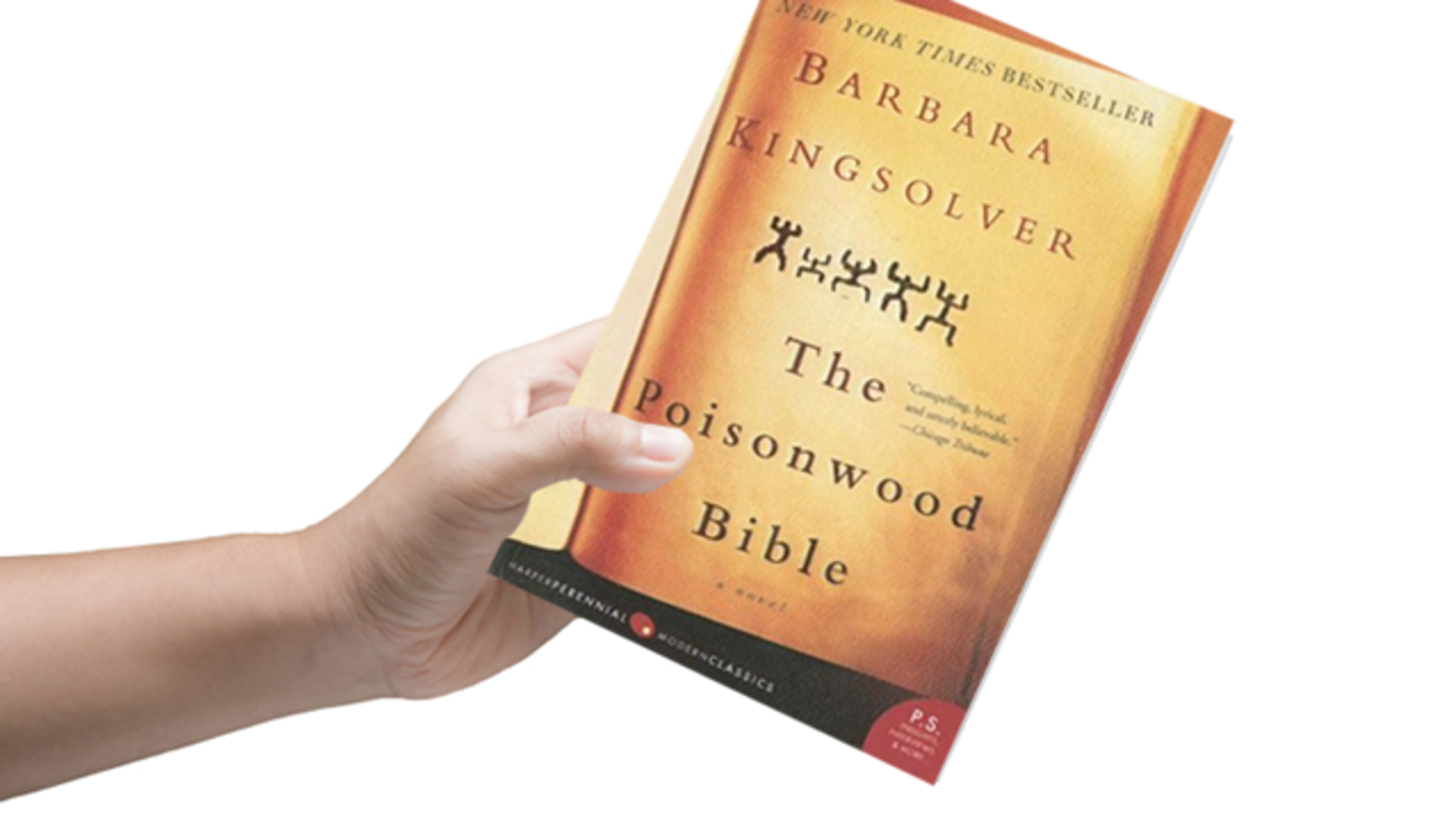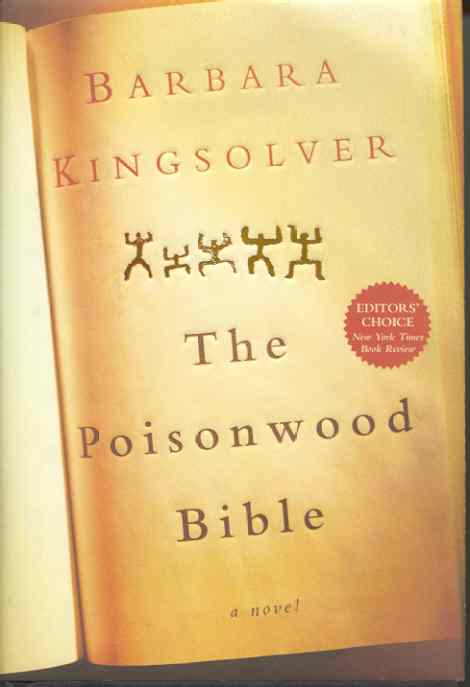


Yet her scorn for her father's grim idealism allows for a mocking perceptiveness. "I always wanted to be the belle of the ball, but, jeepers, is this ever the wrong ball". Entirely resentful of the new world into which she is plunged, her truculence is expressed via a high school demotic. Rachel is the eldest, and the most obstinately American, "heavy hearted in my soul for the flush commodes" she has left behind. Three of the four sisters are teenagers when they arrive in Africa and Kingsolver has described how she read reams of magazines from the late 1950s and 60s in order to fabricate the idiom for American girls of the period. Back in Georgia after the years in Africa, she recalls events her daughters' voices, however, seem to be describing experiences as they unfold.

Orleanna is given the benefit of hindsight. The convention has evolved to allow us to imagine narrative voices as expressions of different characters' thoughts. The voices of her characters are as much written as spoken. Kingsolver does not, however, attempt so closely to follow the patterns of everyday speech. The Poisonwood Bible carries memories of Faulkner: the family comes originally from Mississippi, like Faulkner's, and their locutions have a Southern twang ("I was sore at father all right … But it was plain to see he was put out, too, something fierce"). In the early 20th century it was associated with some of the pioneers of modernism – Virginia Woolf in The Waves or William Faulkner in As I Lay Dying. It was pioneered in the 19th century by Wilkie Collins in The Moonstone, a crime mystery in which different characters spoke in turn as if giving evidence in a trial. Telling a story in a sequence of monologues by different characters is a surprisingly old novelistic technique.


 0 kommentar(er)
0 kommentar(er)
